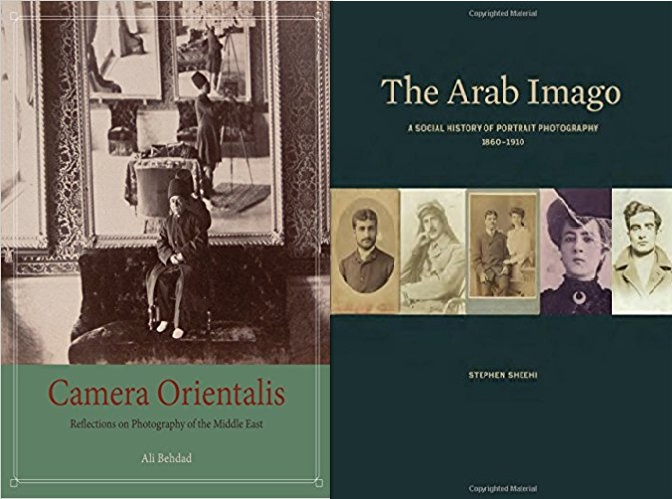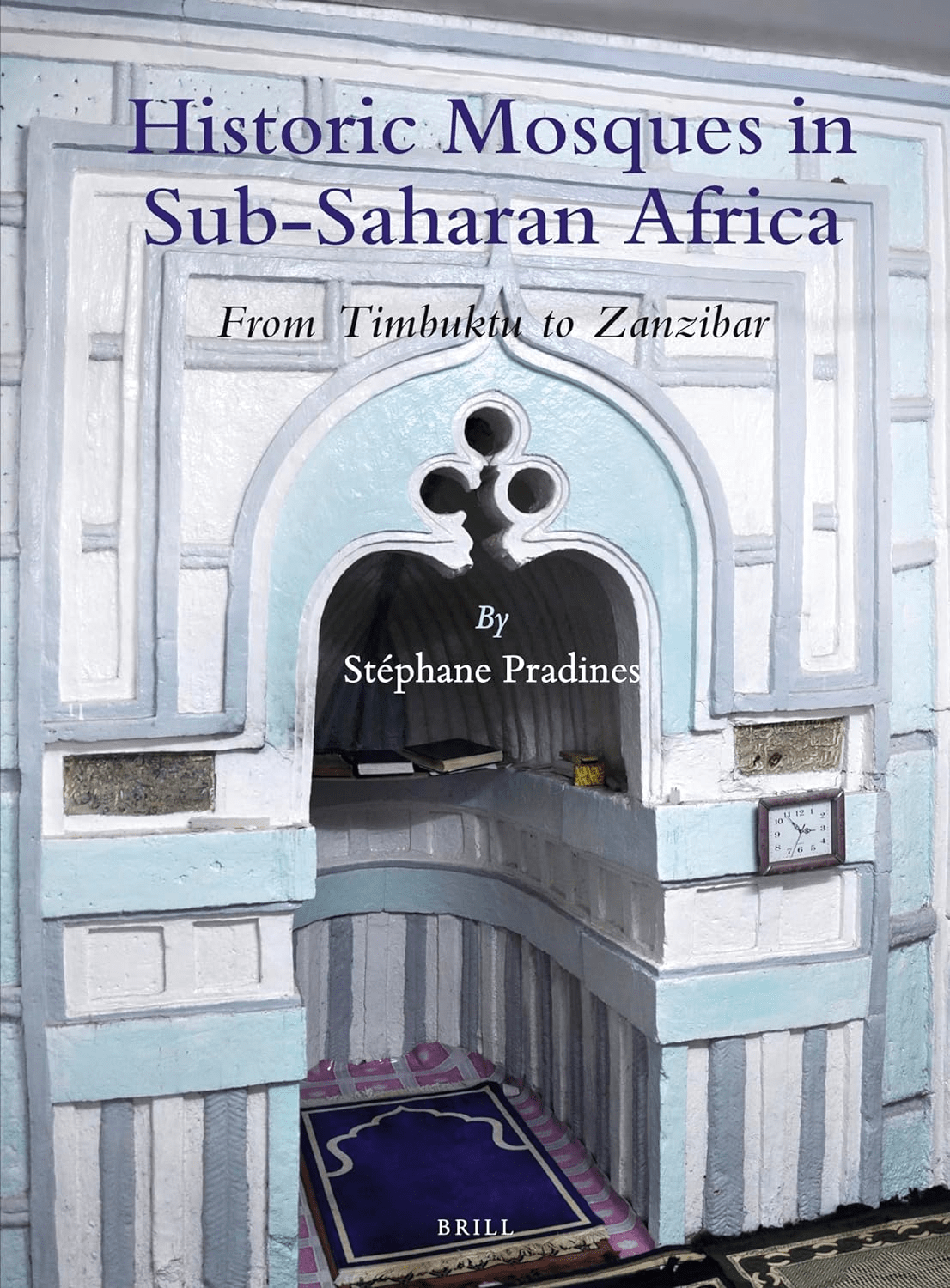
Camera Orientalis: Reflections on Photography of the Middle East; The Arab Imago: A Social History of Portrait Photography 1860-1910
Tom Verde
Ali Behdad; Stephen Sheehi
2016, University of Chicago Press, 978-0-22635-640-2, $30 pb; 2016, Princeton UP, 978-0-691-15132-8, $45 hb.
These scholarly titles examine works of some of the Middle East's earliest and most influential native photographers. Not long after the introduction of photography in 1839, European photographers fanned out across Egypt, the Levant and Turkey, transforming the West's romanticized, Orientalist vision of the region "into images received as objective fact," writes Behdad. Yet "utterly neglected in art-historical discussions" on the period is the fact that the subjects of these early images stood on both sides of the camera. Embraced "almost immediately by the wealthy and powerful in the region," photography became a vehicle for local Middle Eastern photographers to capture visions of themselves and their environments. Such "Orientalist photography," Behdad argues, was a "mode of representation produced through cultural contact between the West and the East." Dozens of historic images of the Middle East highlight Behdad's work. Sheehi writes that the pioneering artists who established studios in cities such as Beirut, Alexandria, Cairo and Jerusalem captured "all walks of life, all classes, and all ideological positions." Their milieu was al-nahdah, a regional rebirth of Arab culture, chronicled in print and pictures, where the camera played a key role in recording and exhibiting "the new ideological vision." Garabed Krikorian (1847–1920) stands out as "Palestine's most prolific" photographer, whose images of local officials, military figures and religious leaders left an archive of the "complex network" of relations "in the Ottoman Arab world."
You may also be interested in...

A Fresh Perspective on Senegal’s Photographic History
Author Giulia Paoletti’s Portrait and Place puts historical Senegalese photography in a fresh global context.
Historic Mosques in Sub-Saharan Africa
From Mali to Tanzania, historian Stéphane Pradines traces a thousand years of Islamic architecture that forces us to rethink what we know about Africa’s past.